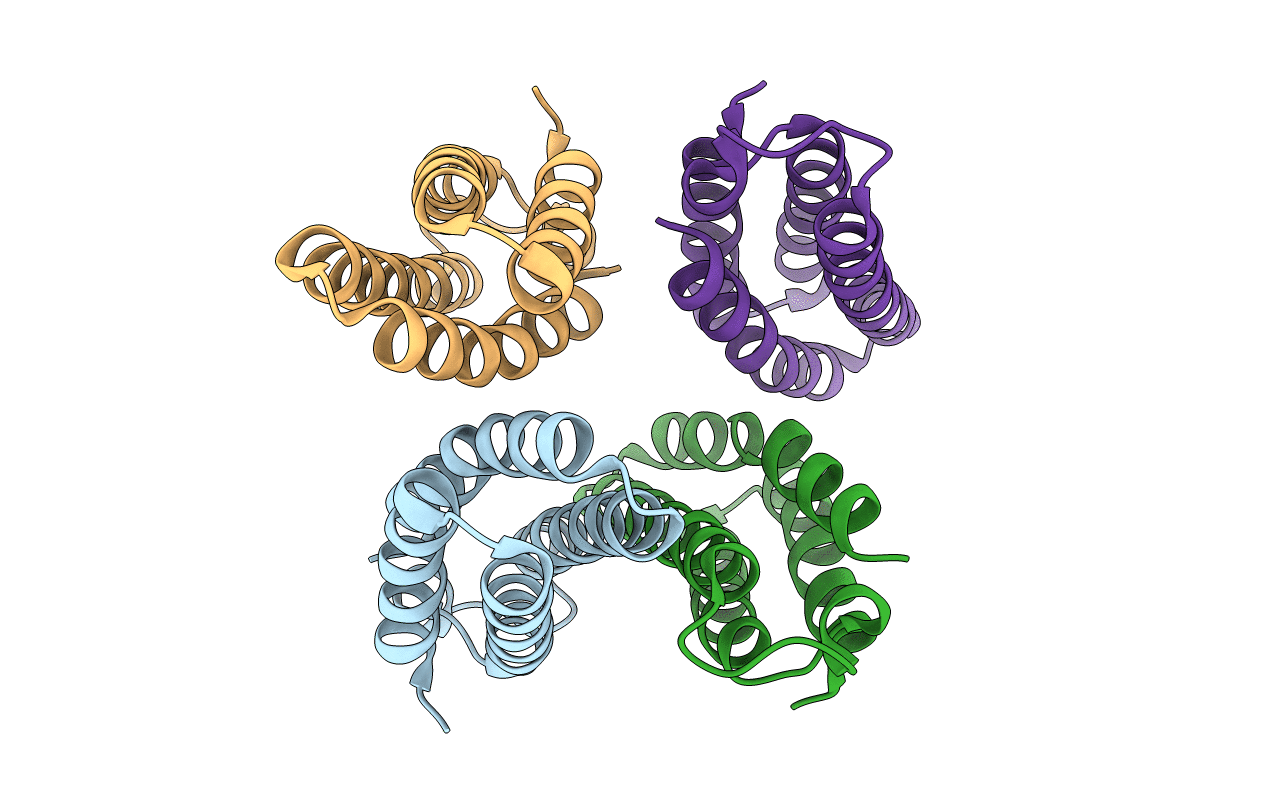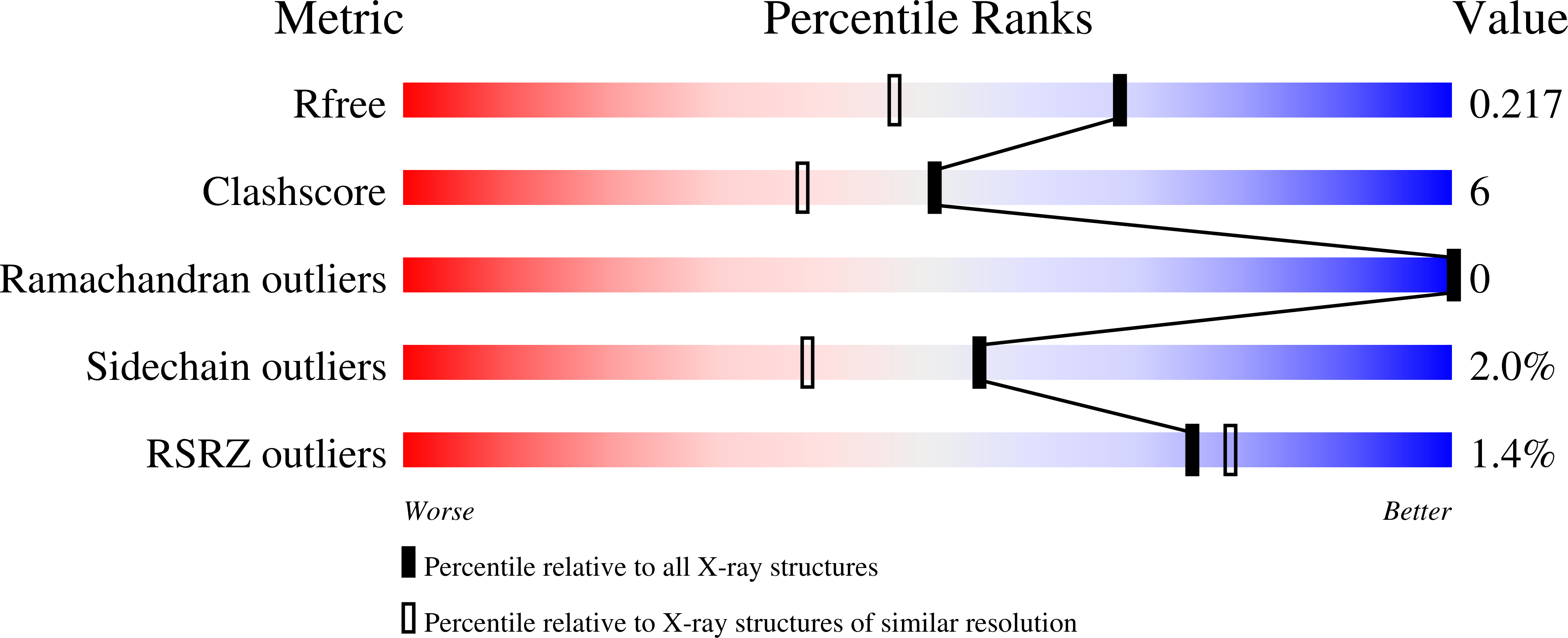
Deposition Date
2022-06-20
Release Date
2022-07-06
Last Version Date
2023-10-18
Entry Detail
Biological Source:
Source Organism:
Escherichia coli BL21(DE3) (Taxon ID: 469008)
Host Organism:
Method Details:
Experimental Method:
Resolution:
1.69 Å
R-Value Free:
0.21
R-Value Work:
0.18
R-Value Observed:
0.18
Space Group:
P 1 21 1


